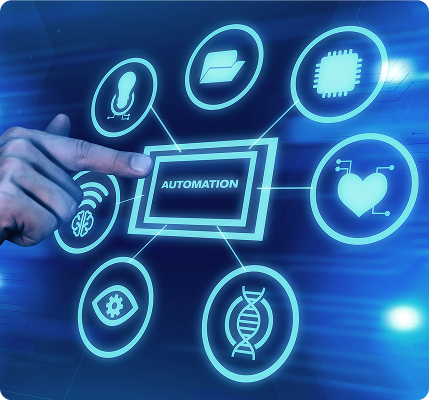System Performance Control for Various Types of Business Software
1. Introduction
System performance is a crucial factor determining user experience, stability, and scalability of software. Each type of software has different performance requirements, from simple landing pages to complex ERP, CRM systems, and IoT-integrated systems that need real-time data processing.
Performance control helps businesses ensure that software runs smoothly, avoids interruptions, optimizes resources, and reduces operational costs. Below are ways to control performance for each type of system.
2. Landing Page Performance Control
Characteristics
- Primarily serves users who need quick access, requires fast page loading and smooth content display.
- Not many complex interactions, but needs to ensure low response time (<3 seconds).
- Needs SEO optimization, page load time, and capacity to handle high traffic volumes.
Performance Control Solutions
✅ Optimize images, HTML/CSS/JS source code: Compress images, use lazy loading, minimize unnecessary JS files.
✅ Use CDN: Helps reduce page load time by distributing content from the nearest server.
✅ Reduce number of HTTP requests: Combine CSS and JS files, reduce unnecessary fonts and plugins.
✅ Improve browser caching: Helps returning users load pages faster.
✅ Check page speed (Google PageSpeed, GTmetrix): Continuously evaluate and optimize.
📌 Supporting tools: Google Lighthouse, GTmetrix, Cloudflare CDN.
3. Internal Management System Performance Control (ERP, CRM)
Characteristics
- Systems with many users, typically operating on web or mobile.
- Processes many concurrent tasks: data management, reporting, business processing.
- May integrate with many other systems such as accounting, logistics, marketing.
- Performance directly affects employee productivity.
Performance Control Solutions
✅ Database optimization:
- Use indexing, caching for frequently queried data.
- Optimize SQL queries, avoid N+1 queries.
- Use NoSQL storage mechanisms or combine SQL and NoSQL if needed.
✅ Load balancing and backend optimization:
- Use Load Balancers (Nginx, HAProxy) to distribute load when there are many users.
- Optimize APIs, use gRPC or GraphQL instead of REST if data transmission speed needs to be optimized.
- Use microservices architecture for large systems to increase scalability.
✅ Optimize user interface (UI/UX) to reduce server load:
- Use frontend caching, pagination when displaying large data lists.
- Integrate worker queues to process large tasks (RabbitMQ, Kafka).
📌 Supporting tools: New Relic, Datadog, Kibana, Prometheus.
4. IoT-Integrated System Performance Control
Characteristics
- Processes data from multiple IoT devices, potentially up to millions of events per day.
- Low latency is a crucial factor, especially for real-time monitoring systems.
- Needs to process big data, provide long-term storage, and ensure security.
Performance Control Solutions
✅ Efficient real-time data processing:
- Use event-driven architecture with Kafka, MQTT, or WebSocket.
- Process data at the edge (Edge Computing) to reduce load on central servers.
- Use data processing pipelines like Apache Flink, Spark Streaming.
✅ Optimize storage systems and big data processing:
- Use time-series databases (InfluxDB, TimescaleDB) for IoT data.
- Integrate NoSQL (MongoDB, Cassandra) to store unstructured data.
- Use appropriate batch processing and real-time processing mechanisms.
✅ Flexible system scaling:
- Use cloud-native solutions (AWS IoT, Azure IoT Hub, Google Cloud IoT).
- Combine serverless (AWS Lambda, Google Cloud Functions) to process small events.
- Apply AI/ML to analyze IoT data and predict incidents.
📌 Supporting tools: AWS IoT Core, Apache Kafka, Prometheus, Grafana.
5. Conclusion
System performance control should be implemented from the software design phase. Each type of software has different requirements:
- Landing pages: need fast loading speed, frontend optimization.
- Internal management systems (ERP, CRM): need database optimization, load balancing, and caching.
- IoT-integrated systems: need real-time data processing, storage performance optimization, and flexible system scaling.
Businesses should use performance monitoring tools, implement appropriate architectures, and conduct regular performance testing to ensure systems always operate stably. 🚀
